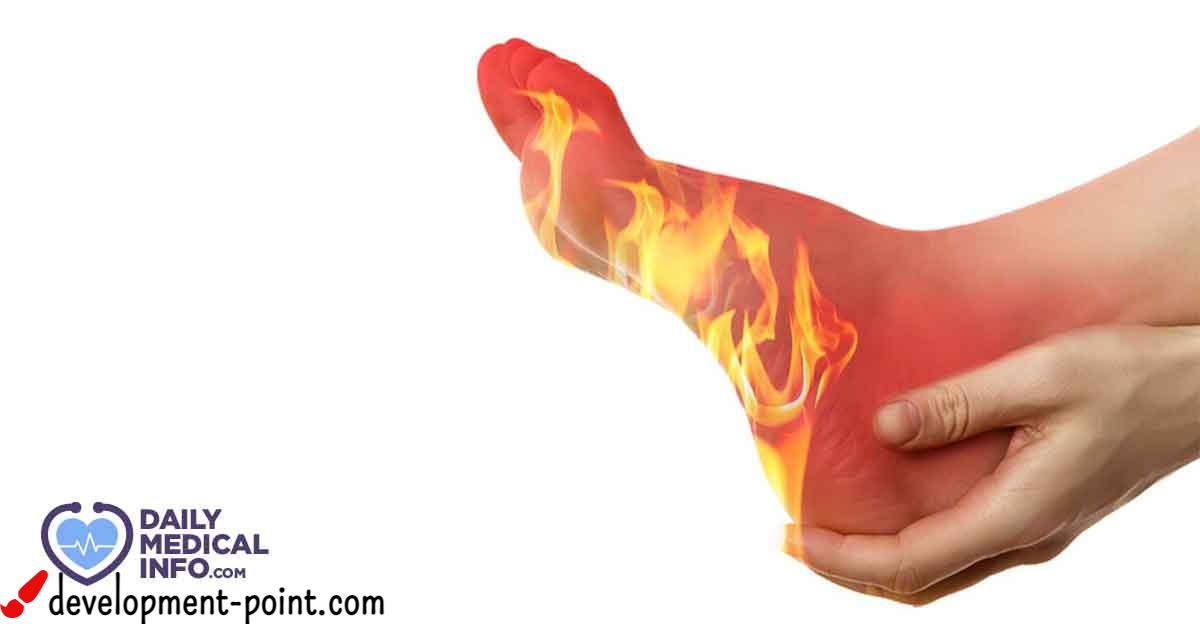What are the early and late symptoms of breast cancer?
Breast cancer is considered one of the most serious health problems that women face, and awareness is raised about it in many different ways, and one of the most important things to know about this problem is the warning symptoms, because the efficiency of treatment depends on the speed of discovering the disease, so get to know us from the following article On the symptoms of breast cancer, including early symptoms and symptoms that appear after the disease has advanced, in addition to symptoms that appear in different age groups, how breast cancer pain usually is, and other important information.
Symptoms of breast cancer
Symptoms of breast cancer vary from woman to woman, and many women do not notice any symptoms. Common symptoms usually include:
- A lump in the chest or armpit.
- changes in the skin
- a feeling of pain
- Inward nipple.
- Unusual nipple discharge.
There are other warning symptoms that indicate the possibility of breast cancer, and they can be classified as follows:
Early symptoms of breast cancer
Early symptoms associated with this disease include:
- The appearance of changes in the outer skin of the breast, one or both, such as swelling or redness.
- A change in the shape of one or both breasts, or an increase in their size.
- The appearance of changes in the shape of the nipple.
- Nipple discharge, other than milk.
- Feeling of a lump or knot-like feeling inside or outside the breast.
- A rash appears around the nipple.
- Feeling of pain in general in the breast area.
Symptoms of advanced breast cancer
An increase in the severity or progression of symptoms, usually means that the cancer reaches the fourth stage, and this stage is considered the most dangerous stage of the disease, and during that stage some symptoms appear, most notably:
- A lump in the armpit, or swelling in the hand or arm if the cancer has spread to the lymph nodes.
- Pain in the bones, and the speed of their fracture, especially in the case of cancer spreading to the bones, and in some cases an increase in the percentage of calcium in the blood may occur, as a result of the bones excreting calcium.
- Feeling pain on the right side.
- Anorexia.
- Yellowing of the skin and eyes, if the disease spreads to the liver.
- Nausea.
- persistent cough
- bloody cough
- hard breathing.
- Recurrent lung infection.
- Fluid buildup in the lung, if the disease spreads to the lung.
- Headache.
- Numbness and weakness in the extremities.
- Exposure to memory and vision problems, especially if the disease spreads to the brain.
These symptoms usually appear in women in the late thirties and early forties, and in fact the symptoms of breast cancer at the age of forty do not differ from before, except that women at the age of twenty may have a slightly different condition, as follows.
Symptoms of breast cancer at the age of twenty
Some recent studies indicate that women, from the age of fifteen to the age of 39, can develop breast cancer, despite previous studies indicating that the disease rarely occurs in the twenties for women.
Doctors usually have difficulty diagnosing the disease in women under 40 years of age, because young women have more dense breasts, and this may cause inaccurate diagnosis, but there are some warning symptoms that can be noticed that indicate the possibility of infection, most notably:
- A change in the breast area or the appearance of a lump.
- Feeling of swelling under the armpits.
- The appearance of changes in the shape of the nipple, such as redness, the appearance of crusts, or the release of fluids other than milk.
And because of the different chances of these symptoms appearing in all cases, we recommend that you speak with the doctor in the event of any changes appearing in the breast, such as:
- Any changes in the skin in the breast area.
- Any changes in the nipple.
- Feeling any pain or weakness in the breast.
What are the symptoms of breast cancer when breastfeeding?
When breastfeeding, lumps may appear in the breast, but this is considered normal, and sometimes inflammation may occur in the breast as a result of a blockage in the milky ducts, and this results in a feeling of pain or swelling in the breast, but there are some other symptoms that when they appear and persist, you should consult a doctor Immediately:
- Discharge from the nipple, other than breast milk.
- Constant pain in the breast.
- Change in the size and shape of the breast.
- The presence of itching or a feeling of congestion in the breast.
- Hot or swollen breasts.
Pill shape of breast cancer

A breast cancer lump or a breast cancer pill may differ in shape and feel from one woman to another, and it is always preferable to seek the help of a specialized doctor to examine it, but this mass usually has the following specifications:
- nugget.
- Painless in many cases.
- It has irregular edges.
- It does not move, even when pressed.
- It appears in the upper part of the breast.
- grow over time.
It must be mentioned that these specifications do not apply to all cases, as sometimes the lump may be circular, soft and appear anywhere in the breast, and sometimes it may be painful, so it is preferable to seek the help of a doctor.
How is the pain of breast cancer?
In some cases, women may not feel any pain when they have breast cancer, but sometimes the mass in the breast may cause pain, as a result of this mass rubbing against other breast tissues, and in the case of cancer usually spreading, pain is felt in the area to which the cancer has spread, such as Bones, lungs or liver.
Although breast cancer pain is associated with the disease itself in many cases, in other cases some women may feel pain as a result of breast cancer treatments such as chemotherapy, radiation or surgery.
Types of pain you may feel include:
- Chronic, prolonged and persistent pain throughout the body.
- New and sudden pain in different places.
- Severe pain appears during treatment.
Frequently Asked Questions
What are the first signs of breast cancer appearing?
A lump or lump in the breast or under the armpit that does not go away with time.
How long does breast cancer symptoms last?
Breast cancer grows by cell division, and breast cancer usually divides more than 30 times before it can be felt with the hand and symptoms appear, and this requires a period ranging from one to two months, but cancer is usually present in the body for much longer than this and did not It is felt.
Is hand pain a symptom of breast cancer?
Sometimes a mass that indicates the possibility of breast cancer may cause pain in the arm and hand area, and sometimes hand pain may occur after undergoing treatment for breast cancer, as some lymph nodes are removed from under the arm. If you have arm pain and suspect it may be related to breast cancer, you should talk to your doctor.

